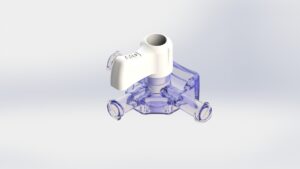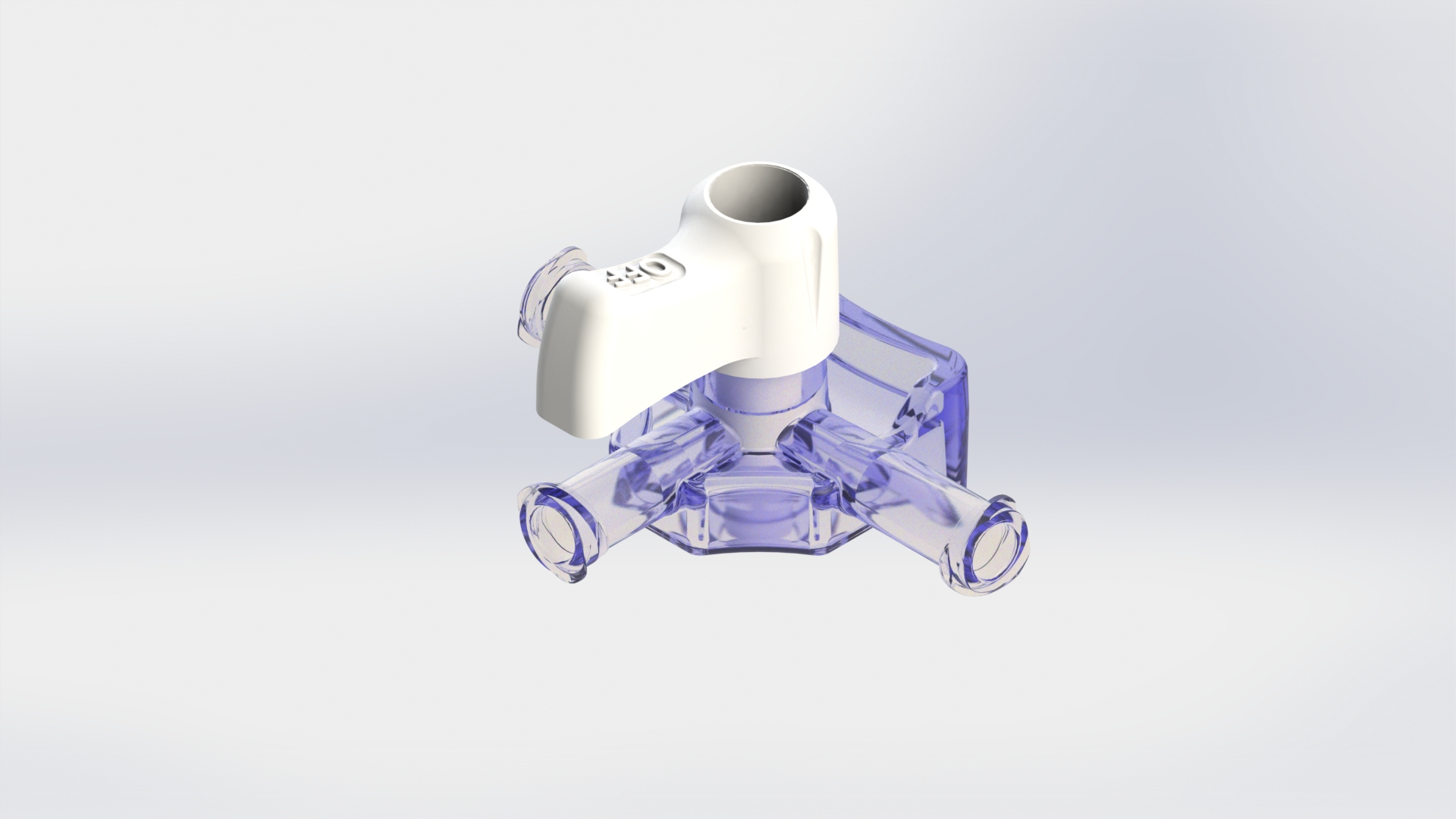Gamma and E-Beam Compatible High-Pressure Stopcocks: A Sterilization Solution
Tomer Gil
Cath lab procedures often require pressures of 1,200 PSI—approximately 90 atmospheres or eight times the pressure of firefighting hoses—to inject contrast media through narrow vascular pathways. High-pressure stopcocks operating under these extreme conditions have traditionally faced sterilization challenges that Elcam’s new HP+ stopcocks now address.
The ETO Sterilization Challenge
Most medical devices rely on ETO (Ethylene Oxide) sterilization, which uses poisonous gas in a 24-hour process. While widely used, ETO presents several issues:
- Health and environmental risks from toxic gas exposure, including complex post-processing to remove toxic residue
- Questionable sterilization of stopcocks due to tight component seals that prevent gas penetration
- Extended processing times that impact operational efficiency
For high-pressure stopcocks specifically, the tight seal between handle and body components-necessary to prevent leakage under pressure-blocks ETO gas from reaching internal surfaces. This creates a fundamental sterilization gap where the sterilization of the most critical interface areas remains controversial, raising concerns about the effectiveness of gas sterilization for these devices.
The Alternative: Radiation Sterilization
Gamma sterilization uses ionizing radiation to eliminate microorganisms, offering complete penetration of all surfaces, faster processing, and no toxic chemicals. However, it requires nuclear reactor facilities, which many countries lack entirely, and uses a continuous conveyor process.
E-Beam sterilization, a newer method gaining adoption over the last five years, provides similar benefits using electron beams rather than nuclear sources, making it more accessible globally as new facilities don’t require nuclear infrastructure. However, E-Beam uses a batch process that can be more time-consuming than Gamma’s continuous operation.
Both methods are environmentally clean and effectively sterilize hard-to-reach areas that gas cannot penetrate, including the critical interfaces in high-pressure stopcocks. This complete sterilization addresses the fundamental limitation of gas-based methods.
Engineering the Solution
Traditional high-pressure stopcocks use acetal (POM) handles because this material provides excellent pressure resistance and smooth operation. However, acetal becomes brittle and fails when exposed to radiation, making these devices incompatible with Gamma and E-Beam sterilization.

Elcam’s breakthrough uses a specialized polycarbonate for HP+ stopcock handles, thereby:
- Maintaining 1,200 PSI pressure performance
- Remaining stable under Gamma and E-Beam sterilization up to 60 kGy
- Preserving smooth operation after sterilization
- Using special tinting to maintain an attractive appearance post-sterilization
The development also extends to high-pressure rotators, which were easier to engineer for radiation compatibility thanks to a simpler design.
Streamlining Kit Sterilization
A key issue facing medical device manufacturers involves kit assembly. When creating comprehensive medical kits, manufacturers combine multiple components—tubing, connectors, syringes, and stopcocks—into complete procedural sets. Previously, including even a single high-pressure stopcock meant the entire kit could only be sterilized using ETO, because the stopcock would fall apart under Gamma radiation. This limitation affected the sterilization options for complete kits, even when other components were compatible with radiation methods.
With HP+ stopcocks, manufacturers are no longer restricted to ETO sterilization when high-pressure stopcocks are part of their kit assembly.
Market-First Innovation
Elcam currently offers the only high-pressure stopcocks compatible with Gamma and E-Beam sterilization. The HP+ product line includes stopcocks in 1, 3, and 4-way configurations, plus compatible HP+ rotators, all maintaining the same ergonomic design as standard high-pressure products.
This development addresses a specific industry need for sterilization flexibility in high-pressure applications, providing healthcare facilities with safer and more efficient sterilization options for critical interventional procedures.

